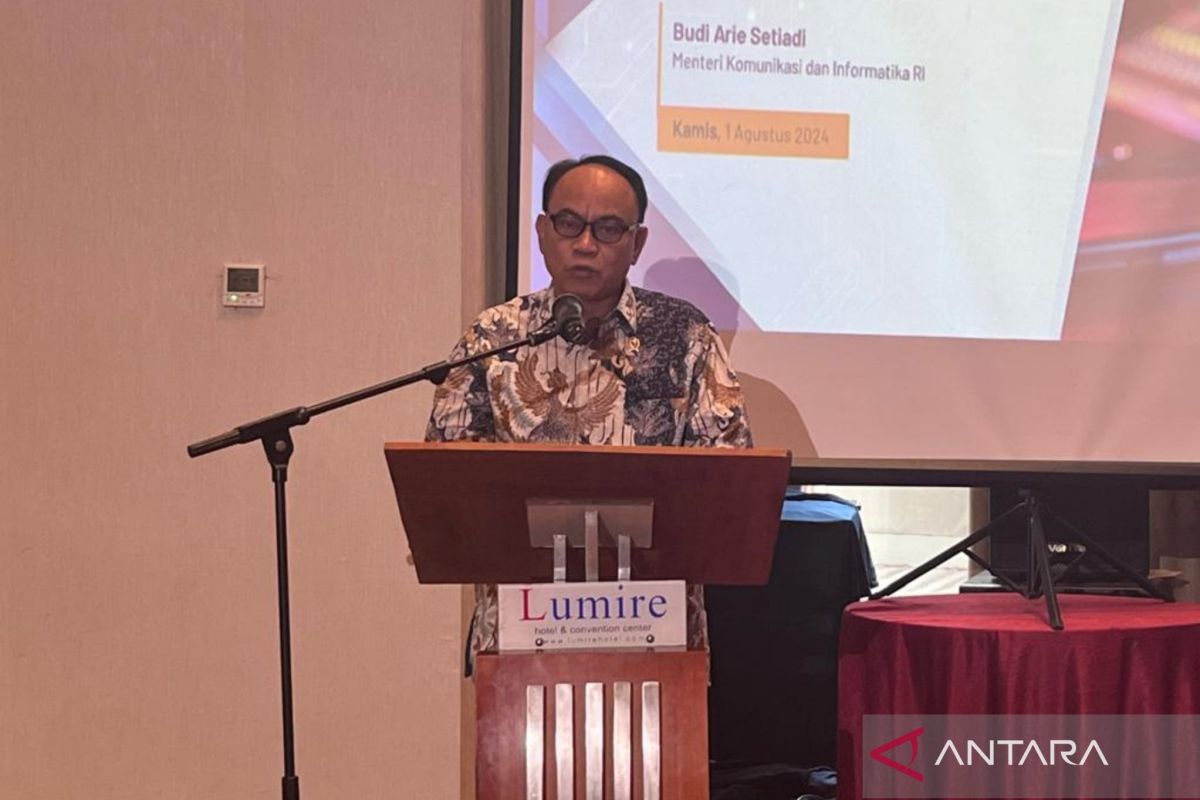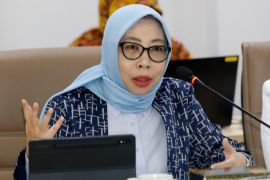At a public discussion on the opportunities and challenges of radio broadcasting digitalization held by state-run radio broadcasting institution RRI here on Thursday, he remarked that the first strategy is to make a plan for radio broadcasting digitalization.
"The first step is coordinated planning to ensure all digitalization directions are based on market development, people's demand, and sustainability," he elaborated.
The next strategy for digital radio development is involving broadcasters, regulators, and members of the public.
Setiadi underscored the need for affordable and supporting infrastructure for digital radio receiver devices.
"This is an opportunity for existing radios to use the DAB+ (Digital Audio Broadcasting) and DRM (Digital Radio Mondiale) technology standards because they are in accordance with the market ecosystem and mechanisms," he explained.
Related news: Kominfo improves radio broadcasting HR's competencies amid digital age
The minister also highlighted the need to make policies to support regional radio broadcast digitalization efforts, starting from the planning phase to implementation.
According to Setiadi, disruption in the broadcasting industry poses a major challenge for business players to maintain their existence.
The minister cited data showing that people in the 16- to 64-year-old age bracket now spend more time on social media and music platforms than listening to the radio.
Meanwhile, he believed that the government's digital transformation would help overcome the challenges faced by the radio broadcasting industry and open up opportunities for it.
The minister noted that digital radio is more accessible and able to present a more interactive format.
"In addition, the use of analytical data can support program and advertising strategies based on the latest consumer behavior patterns," he remarked.
Related news: Support innovation in radio frequency spectrum management: Kominfo
Translator: Fathur R, Kenzu
Editor: Yuni Arisandy Sinaga
Copyright © ANTARA 2024












